(NLDO) - A 46,000-year-old "museum" with spectacular treasures has just been found in Spain, but its owner is the shocking thing.
According to Sci-News, an ancient version of today's natural history museums has just been found in Spain, containing valuable paleontological treasures. And the fossil hunters and collectors who created it were extinct Neanderthals.
Neanderthals are "cousins" of a different species but of the same genus Homo (Human) as our species Homo sapiens.
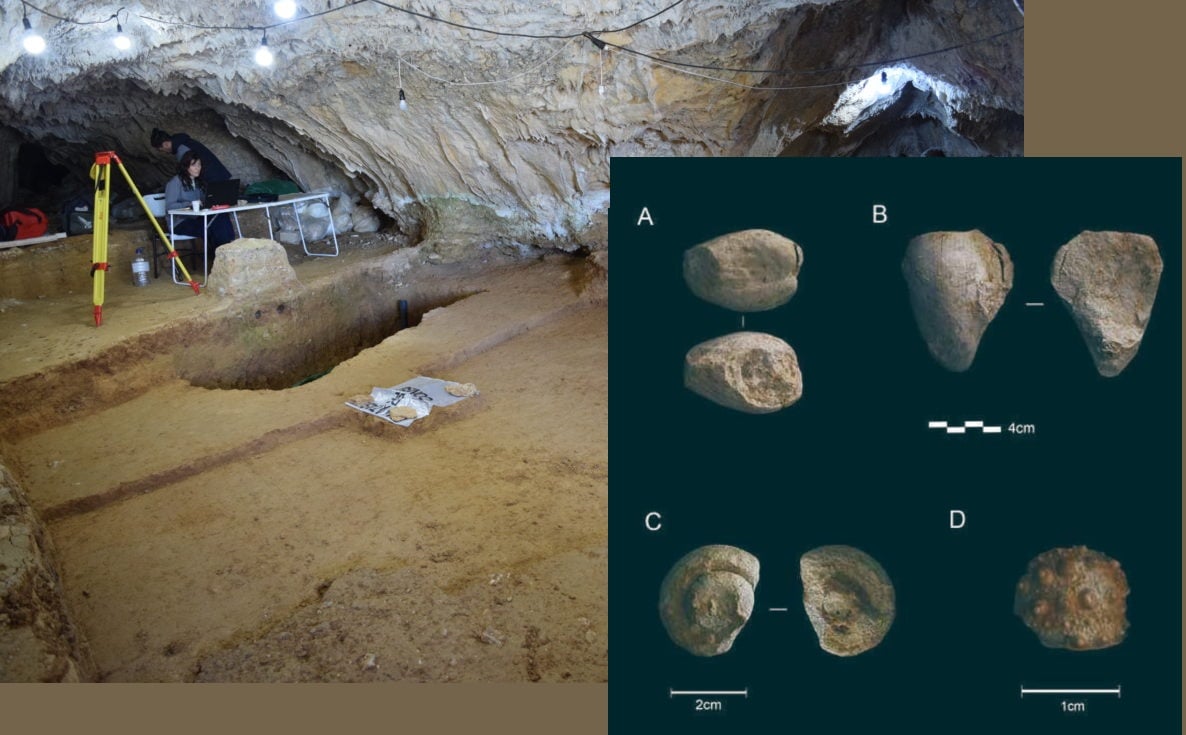
Prado Vargas Cave and the paleontological treasures collected by ancient humans Neanderthals - Photo: Quaternary.
Previously, many relics of this species showed that they had a fairly high level of evolution, knowing how to create rudimentary stoves, weave fibers, make jewelry... before becoming extinct about 30,000 years ago.
They also had larger brains than ours, although they were thought to be much inferior in structure and function.
But new discoveries at the Prado Vargas cave in Burgos province, Spain, suggest that this ancient human species may have lived a life not much different from our ancestors.
For decades, archaeologists have had evidence of useless objects in Neanderthal homes. But collecting something was on a whole other level, much higher than creating ornaments or jewelry.
A research team led by archaeologist Marta Navazo Ruiz from the University of Burgos (Spain) found a collection of 15 paleontological treasures created by this ancient human species.
It is the remains of marine organisms from the Late Cretaceous period of the Cretaceous, the time when dinosaurs still existed on Earth.
All specimens belong to the phylum Mollusca, except one specimen which belongs to the phylum Echinodermata.
Except for one sample, the remaining 14 samples did not contain any signs that would suggest they were used as tools, suggesting they were simply collected and displayed.
According to the authors, it is possible that the Neanderthals at Prado Vargas found these fossils intentionally or by accident, but what is clear is that bringing them to the cave was intentional, systematic, and repeated, demonstrating their effort and concern.
The sediment layer where the fossils were hidden shows that the collection was done 46,000 years ago.
“Thus, the Neanderthals in this cave became the earliest fossil collectors we know today in evolutionary time,” the authors conclude in the scientific journal Quaternary.
Source: https://nld.com.vn/lo-tung-tich-nhom-tho-san-bau-vat-khong-cung-loai-voi-chung-ta-196241206112351673.htm


![[Photo] Flooding on the right side of the gate, entrance to Hue Citadel](https://vphoto.vietnam.vn/thumb/1200x675/vietnam/resource/IMAGE/2025/10/28/1761660788143_ndo_br_gen-h-z7165069467254-74c71c36d0cb396744b678cec80552f0-2-jpg.webp)


![[Photo] National Assembly Chairman Tran Thanh Man received a delegation of the Social Democratic Party of Germany](https://vphoto.vietnam.vn/thumb/1200x675/vietnam/resource/IMAGE/2025/10/28/1761652150406_ndo_br_cover-3345-jpg.webp)
![[Photo] Draft documents of the 14th Party Congress reach people at the Commune Cultural Post Offices](https://vphoto.vietnam.vn/thumb/1200x675/vietnam/resource/IMAGE/2025/10/28/1761642182616_du-thao-tai-tinh-hung-yen-4070-5235-jpg.webp)



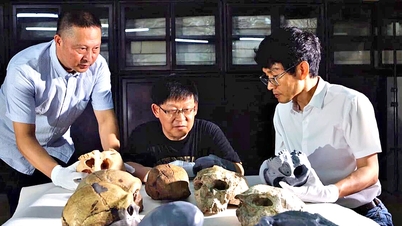



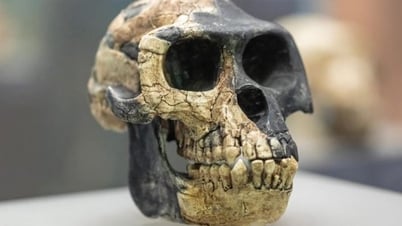

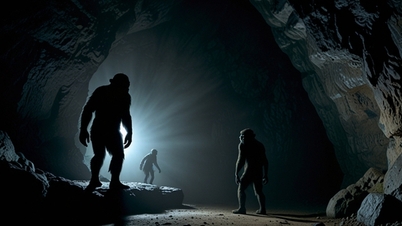




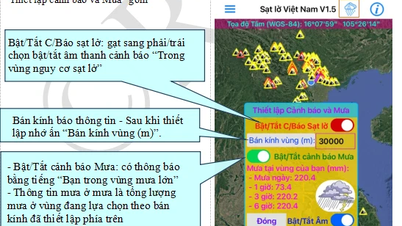














![[Photo] President Luong Cuong attends the 80th Anniversary of the Traditional Day of the Armed Forces of Military Region 3](https://vphoto.vietnam.vn/thumb/1200x675/vietnam/resource/IMAGE/2025/10/28/1761635584312_ndo_br_1-jpg.webp)








































































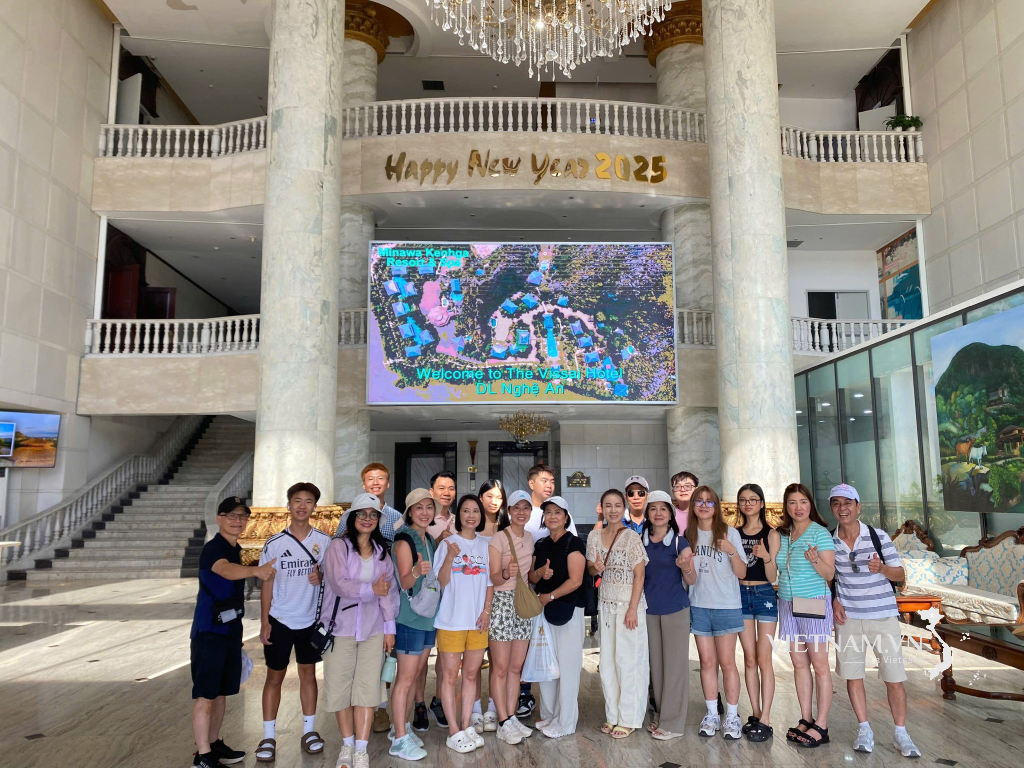

Comment (0)